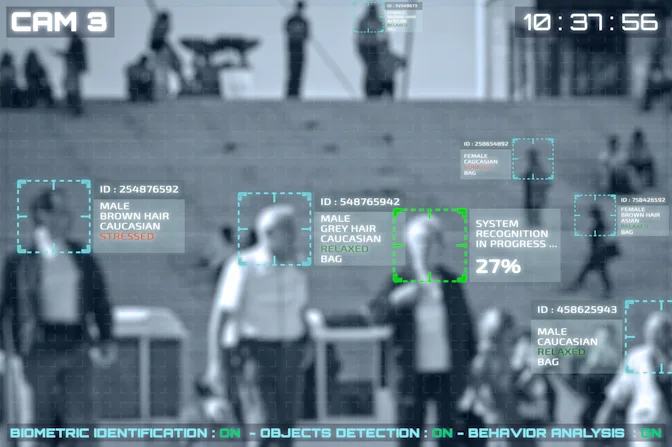
The Future of Policing
As the world continues to advance, so does the technology used in law enforcement. From drones to artificial intelligence, these innovations are not only changing how police work but also setting the stage for future advancements. Join us as we explore some of the most groundbreaking police technologies currently in use and discuss what the future holds for law enforcement.
Enhanced Body-Worn Cameras
Body-worn cameras have become a standard tool for many police departments, offering transparency and accountability. These devices have evolved to include features like higher resolution, clearer audio, and integration with in-car systems for synchronized video coverage. Some advanced models even activate automatically when an officer draws their firearm, ensuring critical moments are captured. Future developments may see the inclusion of facial recognition capabilities, further enhancing their utility in the field.

Automatic License Plate Recognition
Ever gotten a ticket automatically after running a redlight? You can thank Automatic License Plate Recognition technology (ALPR). ALPR enables police to quickly and accurately identify vehicles. This technology helps law enforcement track stolen vehicles, enforce traffic laws, and identify suspects with outstanding warrants. As Artificial Intelligence continues to advance, ALPR systems will become even more reliable and efficient, with the implementation of artificial intelligence being used to improve accuracy, such as helping to identify vehicles in low lighting.
Biometrics and Facial Recognition Software
Biometric technology, encompassing facial recognition, fingerprints, DNA, voice recognition, and even movement analysis, is revolutionizing law enforcement. Facial recognition, in particular, has proven to be a powerful tool for quickly identifying suspects and solving crimes. For instance, the New York Police Department used this technology to apprehend a rape suspect within 24 hours. Despite initial concerns about privacy and misuse, advancements in biometric technology, including mobile biometric devices, allow officers to identify suspects in real-time, greatly enhancing their ability to solve crimes quickly and accurately.

Robots
Robotic technology in policing is not limited to drones. Ground-based robots equipped with cameras and sensors can navigate difficult terrains and provide surveillance in dangerous situations. Some robots are even "throwable," designed to withstand significant drops and rough handling. These robots can deliver real-time video and audio feeds, helping officers assess situations from a safe distance.
Drones
Drones, or unmanned aerial vehicles, offer police departments a bird's-eye view of crime scenes, search and rescue missions, and public events. Equipped with thermal imaging and 3D mapping software, drones provide valuable real-time data without putting officers at risk. They are particularly useful in high-risk situations, such as monitoring armed suspects or natural disasters, where traditional methods may be too dangerous.

Artificial Intelligence
AI is revolutionizing many aspects of policing. AI systems can analyze vast amounts of data to identify patterns and predict criminal activity, a practice known as crime forecasting. AI also supports technologies like ShotSpotter, which detects and locates gunfire incidents in real-time, allowing for faster police response. As AI continues to evolve, it will become an integral part of predictive policing and resource allocation.
The Future of Policing
The future of law enforcement lies in its ability to adapt to and integrate new technologies. However, it's essential to balance these advancements with the need for human oversight and ethical considerations. As technology advances, so too will the methods criminals use to commit crimes, making it a constant race between innovation and criminal ingenuity.
Investing in technology is crucial for the future of policing, but so is investing in training and personnel. Officers need to be well-versed in using new tools effectively while maintaining community trust and upholding civil liberties. The ultimate goal is to create a safer, more efficient police force that can meet the challenges of tomorrow.
References: 17 Types of Innovative Police Technology | The future of law enforcement rests in its technology investment























